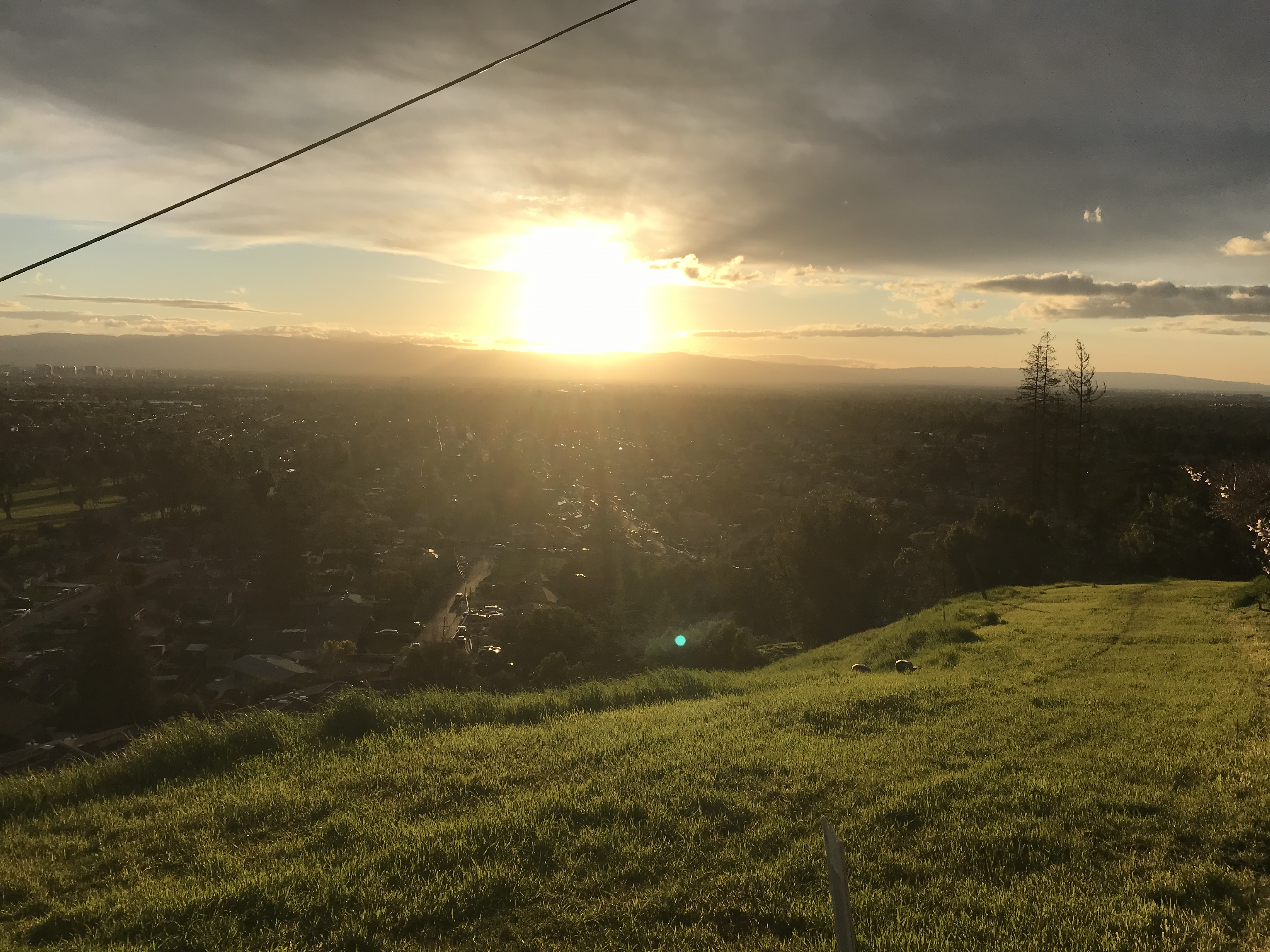Reading Assignment
1 Reading
Site-specific artwork and art interventions are two different approaches to creating art that engage with the physical space or context in which they are created or presented.
Site-specific artwork is created specifically for a particular location or site, taking into account the unique characteristics of the space, such as its history, architecture, or natural surroundings. The artwork is designed to be an integral part of the site and to interact with it in a way that enhances or transforms the viewer's experience of the space. Examples of site-specific artwork include installations, sculptures, and murals that are designed to be viewed in a particular location, such as a museum, gallery, or public space.
Art interventions, on the other hand, are often temporary or ephemeral works that are created in response to a specific social or political context, and are intended to disrupt or challenge the status quo. Art interventions can take many forms, including performances, protests, graffiti, and public installations. They are often created without permission or outside of traditional art spaces, and are designed to provoke a reaction or engage the public in a conversation about a particular issue or topic.
While both site-specific artwork and art interventions engage with the physical space in which they are created or presented, they differ in their intentions and approaches. Site-specific artwork seeks to enhance or transform the viewer's experience of a particular location, while art interventions are often created to disrupt or challenge the status quo and engage the public in a dialogue about social or political issues.
Q2-- Choose 2 of the 4 artists shared and Answer the following for each artist.
Banksy:
Dismaland Tour:Banksy's Dismaland was a temporary art installation and theme park that was located in Weston-super-Mare, England in 2015. It was designed to be a dystopian and satirical take on Disneyland, and was filled with various exhibits and installations that commented on modern society. Some of these examples, such as Cinderella's Castle and The Punch and Judy Show, have strong topical and political metaphors. Many of the exhibits at Dismaland directly addressed political issues, such as the refugee crisis in Europe, income inequality, and police brutality. For example, the Punch and Judy Show exhibit that I mentioned earlier highlighted the ongoing refugee crisis in Europe and the human tragedy that accompanies it. By placing the characters in a boat, Banksy drew attention to the perilous journeys that refugees often undertake in search of safety.
Furthermore, the dilapidated and crumbling Cinderella's Castle and the submerged version of Disneyland in the Boat Ride exhibit can be seen as a critique of the failures of neoliberalism and the false promises of the American Dream. Banksy's use of parody and satire to critique mainstream culture and politics reflects a broader movement of political art that seeks to subvert dominant power structures and expose their hypocrisies.
Overall, Banksy's Dismaland can be seen as a political commentary on contemporary society, neoliberalism, and the failures of capitalism. By using art and satire to critique mainstream culture and politics, Banksy invites viewers to question the status quo and imagine alternative futures.
From a functional perspective, site-specificity is certainly an important consideration for many types of signs, such as traffic signs or directional signs, where the location and context are critical to their purpose. However, it may not be as relevant for other types of signs, such as art signs or signs in our homes, where the focus is more on aesthetics and personal expression than on functional considerations.
In addition to site-specificity, there may be other elements that all signs share to be relevant and effective. For example, clarity and simplicity of design are essential for ensuring that a sign can be quickly and easily understood by its intended audience. The use of appropriate colors, symbols, and typography can also enhance the effectiveness of a sign, making it more visible and impactful.
Unique
Remarkable
Extraordinary
Exceptional
Unsurpassed


A place